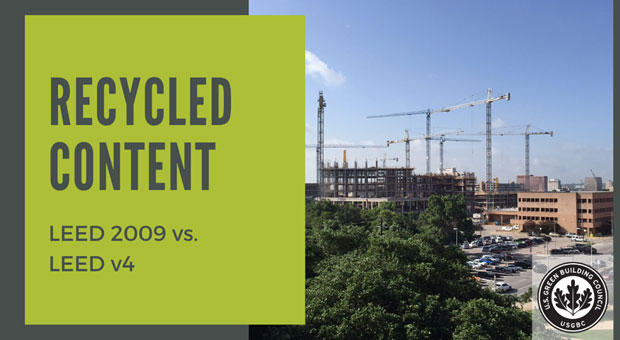We have all heard the idea of “going green” and “sustainability”. It’s in the news headlines, it’s on the products we buy, it’s in our everyday activities, and it’s clearly not going away. LaForce is always trying to evolve with the constant changes and expectations.
There are currently two versions of the LEED (Leadership in Energy and Environmental Design) program being used by building owners: LEED 2009 and LEED v4. The certification levels and points are the same for both versions of LEED. Points are earned by processes used and product selections from the design phase of a building to occupancy to reporting after completion and use. The points are found under credits and the credits can be found under topics within the LEED reference manual. These topics include: Sustainable Sites, Water Efficiency, Energy and Atmosphere, Material and Resources, and Indoor Environmental Quality. The certification levels are as follows:
Certified = 40 to 49 points
Silver = 50 to 59 points
Gold = 60 to 79 points
Platinum = 80 to 110 points
However, there are differences between the two rating systems. We will focus on which sustainable criteria wood doors relate to within the LEED rating systems, the credits associated with the criteria, and the differences between the credits in the two LEED rating systems. LaForce has developed a series of blogs on this, with the first involving recycled content and how this fairs under the two LEED rating systems.
Recycled Content
Under LEED 2009, a project can earn a maximum of two points for the Recycled Content credit. The recycled content of the material purchased must be 10% of the total cost of all the materials in the project to earn one point or 20% of the total cost of all materials to earn two points for the project. This is found under the credit MR 4: Recycled Content. To continue, the documentation (aka the LEED Statement) on the material purchased can be obtained from the distributor, vendor, or manufacturer. It must state the pre-consumer and post-consumer percentages in order for the contractor or owner to calculate the recycled content.
In contrast, within LEED v4, projects can receive one point when products meet at least one of the criteria, one of which is Recycled Content, for at least 25% of the total cost of all materials within a project. Recycled Content is found under the credit Building Product Disclosure and Optimization – Sourcing of Raw Materials, Option 2. So, as one can see, the name of the credit changed in v4 and the point structure is different. However, similar to that of LEED 2009, the documentation must also include the post-consumer and pre-consumer percentages.
Contact LaForce for more information on how we can help your building go green!
Thank you to Laura Waterman, Manager of Administrative Support and LEED AP, for providing her expertise for this blog.



Follow Us